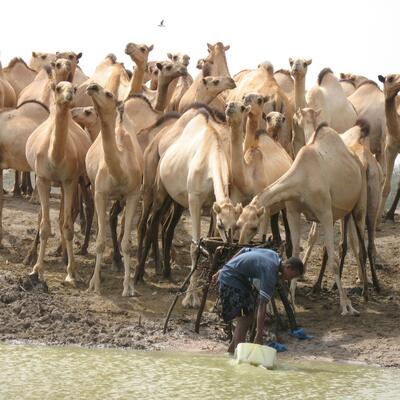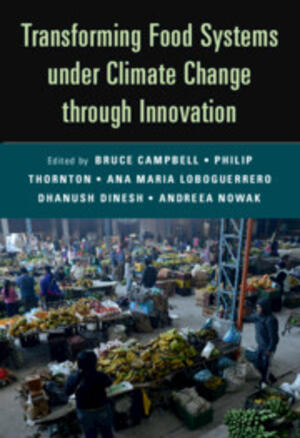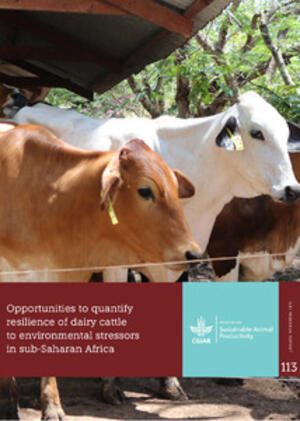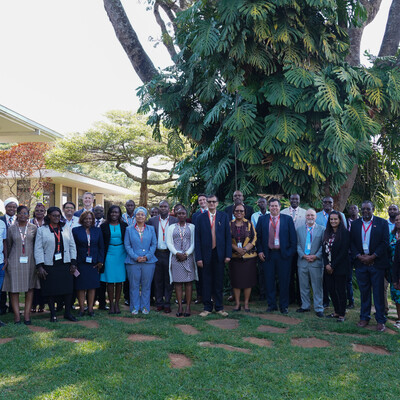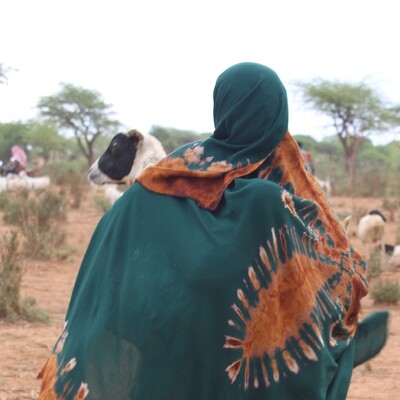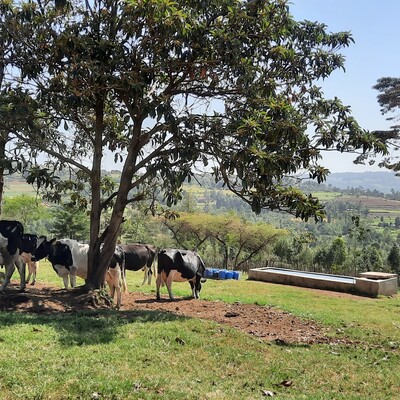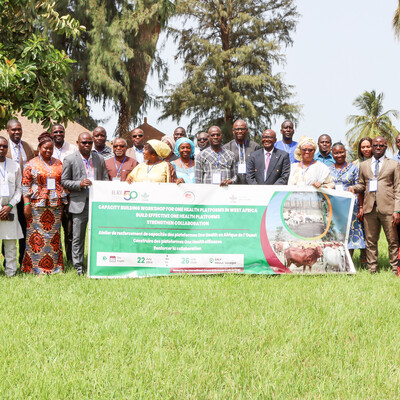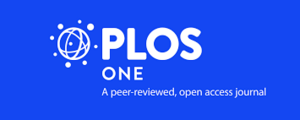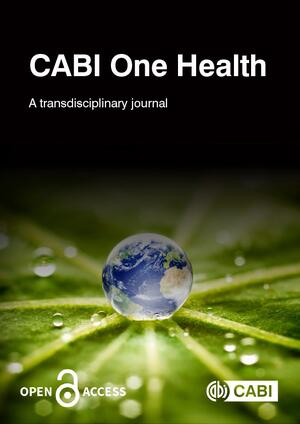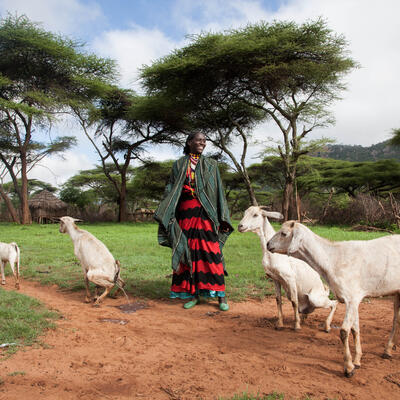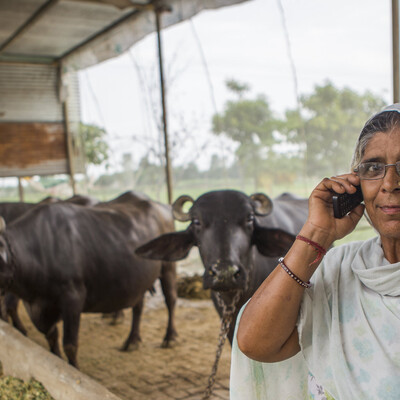

New operational framework aims to integrate wildlife health into the One Health approach
World Wildlife Day is commemorated annually on 3 March to celebrate wild animals and plants, and to recognize their unique roles and contributions to people and the planet.
To mark this day, scientists from the International Livestock Research Institute (ILRI), the French Agricultural Research Centre for International Development (CIRAD), the International Union for Conservation of Nature (IUCN), the World Organisation for Animal Health (WOAH) and other organizations are highlighting a new operational framework to reshape the management of wildlife health by fully integrating it into the One Health approach.
Led by Carole Goulet from Mozambique, the new framework recognizes the interconnections between human, animal, and environmental health, emphasizing the need for a systemic, multi-disciplinary approach to managing wildlife health.
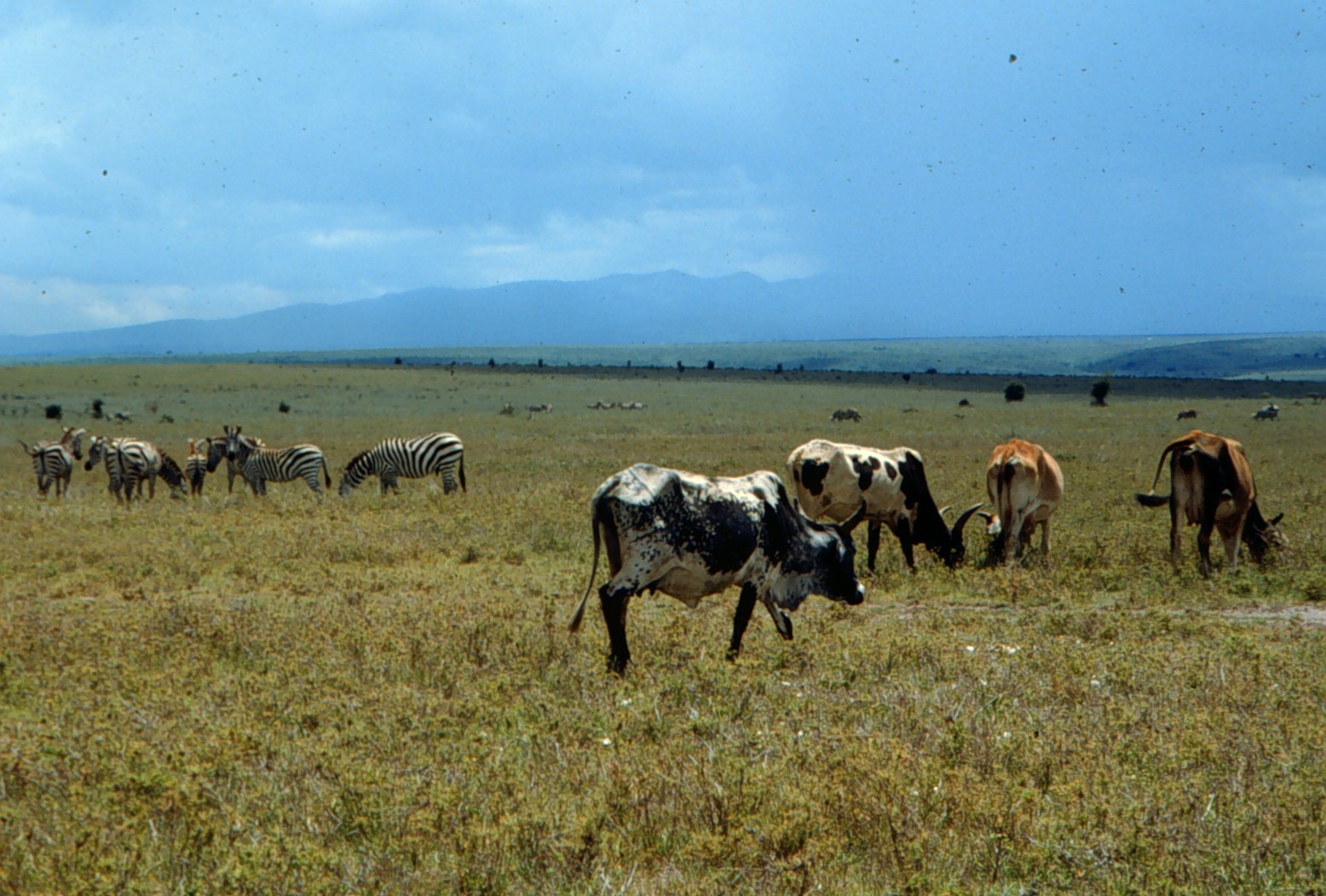
Wildlife play an important role in maintaining biodiversity and ecosystem balance. They also provide social, cultural, and economic benefits to communities worldwide. However, in recent years, the health of wildlife populations has become a growing concern due to rapid habitat loss, climate change, illegal trade, and increasing interactions with humans and domestic animals.
At the same time, global health threats such as zoonotic disease outbreaks—including Ebola, SARS, and COVID-19—have highlighted the critical need for better wildlife health management to reduce the risk of disease spillovers. Addressing wildlife health in isolation is no longer viable; instead, an integrated and preventive approach is needed to protect both biodiversity and public health.
Alexandre Caron, joint appointee between CIRAD and ILRI, and co-author of the framework shares, 'The term “health” needs to be viewed holistically beyond disease to include individual well-being and population sustainability. This aligns with the World Health Organization (WHO) definition of human health and should gudes wildlife health management by governments and institutions.’
He added that we consider grouping wildlife populations into categories like farmed, free-roaming and peridomestic to better manage diseases and interactions with livestock and humans. This approach also supports healthy ecosystems and sustainable systems, helping conserve biodiversity.
The newly proposed wildlife health operational framework will provide policymakers, conservationists, and health experts with a structured strategy to improve wildlife health management.

Key components of this approach include:
- Systemic and cross-sectoral coordination promoting a holistic, multi-disciplinary, and cross-sectoral method to managing wildlife health. It moves beyond isolated conservation efforts to incorporate expertise from public health, veterinary science, epidemiology, and ecology.
- Recognizing the interdependence of species by acknowledging the interconnected nature of humans, livestock, and wildlife, the framework supports policies that balance health interventions across species, preventing conflicts between conservation and public health priorities.
- A step-by-step process helps ensure wildlife categories are clearly defined in national legislation, providing a roadmap for authorities to define responsibilities, enhance disease surveillance, and develop better reporting systems for wildlife health threats.
- The framework challenges the conventional mindset of seeing wildlife solely as a resource or a threat to human health. Instead, it promotes the idea that healthy wildlife populations serve as indicators of well-functioning ecosystems, benefiting both conservation and human well-being.
One of the major contributions of this framework is the focus on aligning wildlife health regulations with existing domestic animal and human health policies. Current health regulations often fail to address wildlife health concerns in a coordinated manner, leaving critical gaps in disease prevention and biodiversity conservation.
Further resources
Read the original article about the framework.
Watch this video on One Health: Wildlife, Livestock and Human Health in the Mara-Serengeti Ecosystem
Learn more about the findings from the “Eating Wild Animals” report, addressing wild meat trade, food security, and zoonotic disease risks
Learn more on the insights from the Kenya-Tanzania border study, which examines disease risk perceptions of wild meat consumption and its links to food security
You may also like

ILRI News
Vietnam animal health experts and stakeholders review FarmVetCare app test results to better tailor it to farmers’ needs

ILRI News
ILRI’s contribution to climate-resilient agriculture conference in Bhutan: A path towards sustainable livestock systems
Related Publications
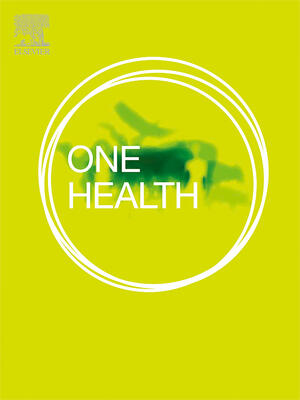
Advancing green recovery: Integrating one health in sustainable wildlife management in the Asia-Pacific Indigenous People and Local Communities
- Sangkachai, N.
- Wiratsudakul, A.
- Grace, Delia
- Whittaker, M.
- George, A.
- Nielsen, M.R.
- Hogarth, N.
- Pfeiffer, D.U.
- Smith-Hall, C.
- Nameer, P.O.
- Hassan, L.
- Talukdar, G.
- Lee, T.M.
- Mathur, V.B.
- Rwego, I.B.
- Compton, J.
- Mispiratceguy, M.
- Shi, J.
- Fine, A.E.
- Animon, I.
- Carvalho, K.R. de
- Taber, A.
- Newman, S.
- Thongdee, M.
- Sariya, L.
- Tangsudjai, S.
- Korkijthamkul, W.
- Sakcamduang, W.
- Suwanpakdee, S.
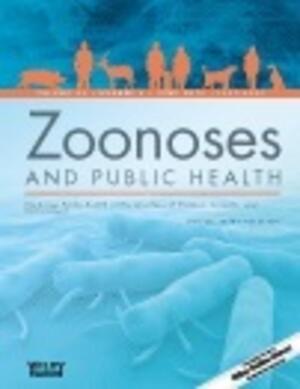
Integrated community-based reporting and field diagnostics for improved rabies surveillance in rural Laikipia, Kenya
- Odinga, Christian O.
- Thomas, Lian F.
- Wambugu, E.
- Ferguson, A.W.
- Fèvre, Eric M.
- Gibson, A.
- Hassell, James M.
- Muloi, Dishon M.
- Murray, S.
- Surmat, A.
- Mwai, P.M.
- Woodroffe, R.
- Ngatia, D.
- Gathura, P.M.
- Waitumbi, J.
- Worsley-Tonks, Katherine E.L.
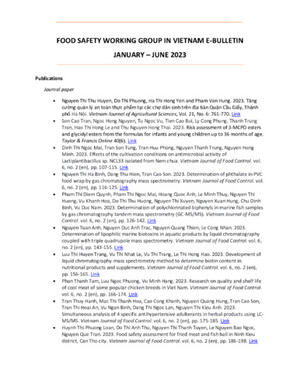
Food Safety Technical Working Group in Vietnam E-bulletin, July-December 2024
- Food Safety Technical Working Group in Vietnam

Perceived impacts of climate change in pastoralist regions of Ethiopia: A qualitative study applying the concept of One Health
- Tamire, M.
- Mor, Siobhan M.
- Baylis, M.
- Kaba, M.


